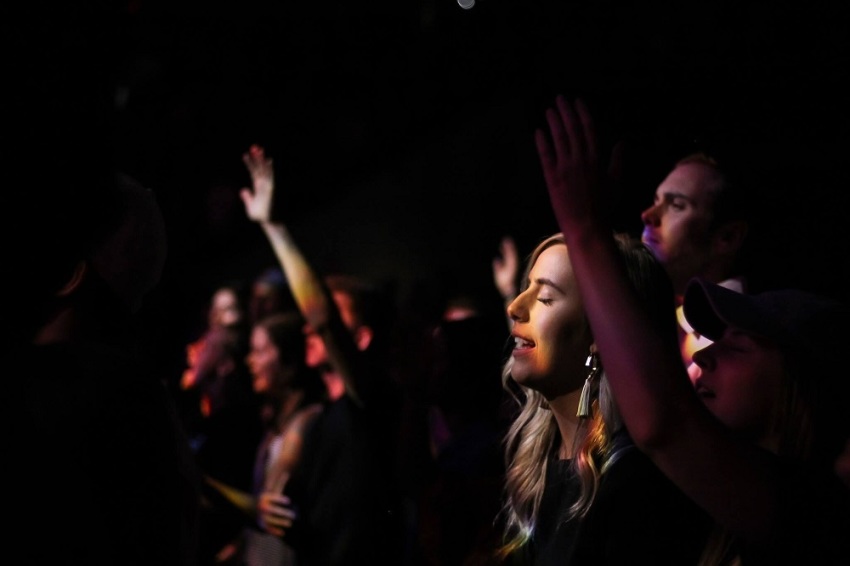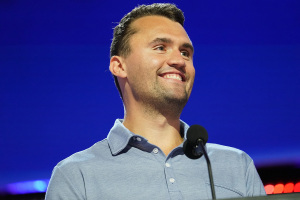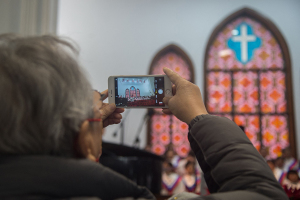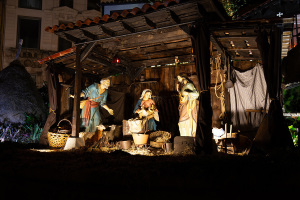Rise of the 'nones,' decline of 'white Christian America' slows in US, new survey shows

A new survey reveals that the share of Americans who identify as religiously unaffiliated has declined slightly. However, more Americans still describe themselves as religiously unaffiliated than affiliate with any particular religious tradition.
The Washington, D.C.-based Public Religion Research Institute released its first-ever Census of American Religion Thursday, which provided detailed information about the religious demographics of the United States.
The survey was part of PRRI’s 2020 American Values Atlas, based on phone interviews with 50,334 Americans throughout 2020.
A statement from the research firm alleges that the Census of American Religion “provides the most detailed estimates of American religious affiliation since the U.S. Census Bureau last collected religious data in 1957.” Data was compiled based on more than 400,000 responses to PRRI’s American Values Atlas dating back to 2013.
One of the biggest takeaways from the survey is that “the Rise of the ‘Nones’” has slowed.
The term “nones” describes Americans who do not identify with a particular religion and includes atheists and agnostics.
For several years, the PRRI and Pew Research Center have reported on the growth of the religiously unaffiliated American population, which corresponds with a drop in the share of Americans who identify as Christians.
As noted by data compiled in the Census of American Religion, 16% of Americans identified as religiously unaffiliated in 2006. That number rose to a high of 25.5% in 2018 before declining to 24% in 2019 and 23.3% in 2020. Even with this slight decline, religiously unaffiliated Americans constitute a larger share of the American public than the three most prominent religious groups in the U.S.
White mainline Protestants made up just over 16% of the population in 2020, followed by white evangelical Protestants (14%) and white Catholics (12%.) All other religious groups accounted for less than 10% of the U.S. population as a whole, including Christians of color, Jews, Muslims, Hindus and Buddhists.
As the survey reported, “The increase in proportion of religiously unaffiliated Americans has occurred across all age groups but has been most pronounced among young Americans.”
Even as the share of religiously unaffiliated Americans between the ages of 18 and 29 declined from 38% in 2018 to 36% in 2020, religiously unaffiliated young Americans outnumbered their white mainline Protestant counterparts 3-to-1.
The religiously unaffiliated constitute smaller pluralities of Americans between the ages of 30-49 and 50-64. At 14%, the religiously unaffiliated were the fourth largest group among Americans 65 and older. White evangelicals made up a plurality (22%) of the oldest age bracket, followed by white mainline Protestants (20%) and white Catholics (15%).
The slight decrease in the percentage of “nones” comes as the Census of American Religion found that “the decline of white Christian America” has also slowed.
After the share of Americans who identified as white Christians reached a low of 42% in 2018, the percentage of white Christians increased to 44% in 2020.
While the percentage of white mainline Protestants increased slightly in 2020, the share of white evangelical Protestants in the population continues to decline.
Twenty-three percent of Americans identified as white evangelical Protestants in 2006. But that figure shrunk to 14% in 2020 after remaining constant at 15% for the three previous years.
The new survey results illustrate a noticeable relationship between a person’s faith and their political affiliation. White Christians made up 68% of the Republican Party compared to just 39% of the Democratic Party.
Although religiously unaffiliated Americans make up an increasing share of both political parties, the “nones” comprise a higher share of the Democratic Party’s coalition (23%) compared to the Republican Party’s (13%).
According to data collected by Pew Research Center in 2006, just 4% of the Republican Party consisted of religiously unaffiliated Americans, while the “nones” accounted for 13% of the Democratic Party’s coalition at that time.
In 2020, the religiously unaffiliated made up a plurality of the Democratic Party’s membership (23%), followed by white mainline Protestants (16%), white Catholics (13%) and black Protestants (13%). Meanwhile, the “nones” were the fourth-largest religious group in the Republican Party in 2020 (13%). At 29%, white evangelicals constituted a plurality of the Republican Party, followed by white mainline Protestants (22%) and white Catholics (15%).
Overall, most religiously unaffiliated Americans identify as independents (46%) and Democrats (35%). Majorities of Hindus (79%), Buddhists (77%), Muslims (82%), Jews (75%), Hispanic Catholics (83%), and Hispanic Protestants (75%) identified as either independent or Democrat. An outright majority of black Protestants (65%) aligned themselves with the Democratic Party.
The religious groups most likely to favor Republicans were white evangelicals (51%) and members of the Church of Latter-Day Saints (39%). White mainline Protestants were evenly split between Democrats (35%) and Republicans (33%), while a plurality of white Catholics (38%) identified with the Democratic Party.
Ryan Foley is a reporter for The Christian Post. He can be reached at: ryan.foley@christianpost.com



























